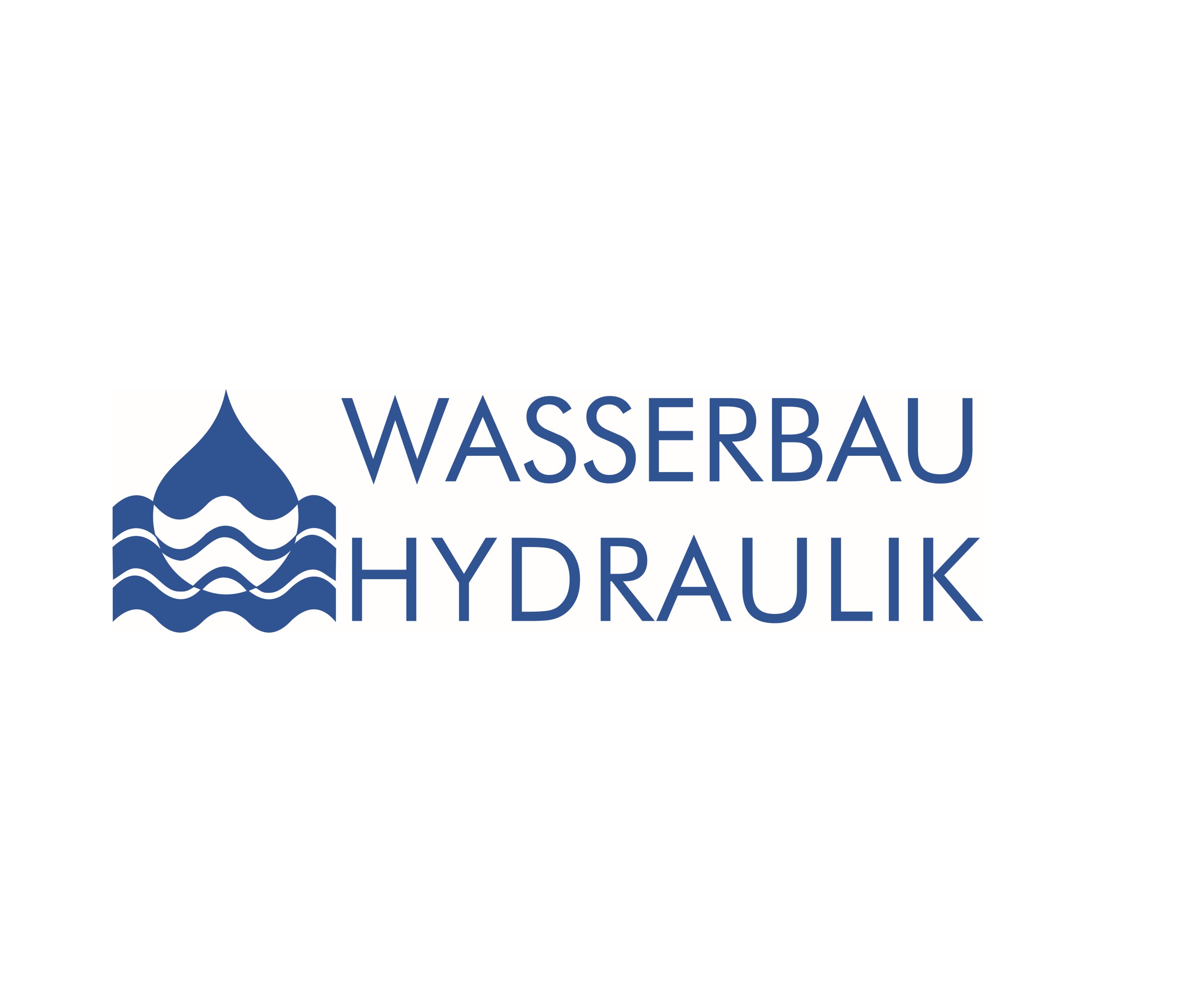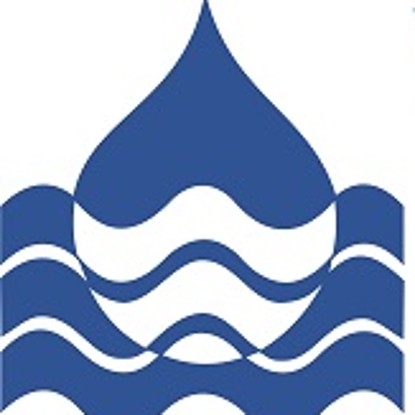Examination and optimization of the hydraulic functions of hydraulic engineering plans
The design and dimensioning of hydraulic structures with complex hydraulic functions (e.g. locks, power plants, intake and return structures) has always been a focus of hydraulic engineers. Today, powerful numerical simulation models as well as physical investigations on hydraulic engineering models are available for this purpose.
With these methods, it is possible to carry out quality assurance with regard to the hydraulic functionality of the later plant already during the (preliminary) planning phase: the models used indicate deficits in plant operation and make it possible to explore and eliminate the causes of these deficits. Furthermore, variant studies can be used to develop and optimize a structure's geometry and contour as well as its mode of operation specifically for the site-specific requirements.
Since today's water management planning always requires the investigation and evaluation of environmental influences in addition to hydraulic functionality, the requirements for such quality assurance have expanded over the past 20 years. In addition to clearly defined and measurable hydraulic parameters, “soft parameters” in the form of qualitative statements and system-relevant links between various parameters (e.g. water-solid interactions or interactions between floods and floodplain forests) must now also be investigated with models.
Extensive numerical models and the associated hardware and software are available at the Department of Hydraulic Engineering. In addition, the affiliated hydraulic engineering research laboratory has extensive capacity to conduct physical model tests with high quality results: From the available laboratory space (2,500 m²) to the flow capacity (up to 5,000 l/s) to a modern equipment of measurement, control and regulation technology, there are many possibilities for physical or hybrid model applications.





